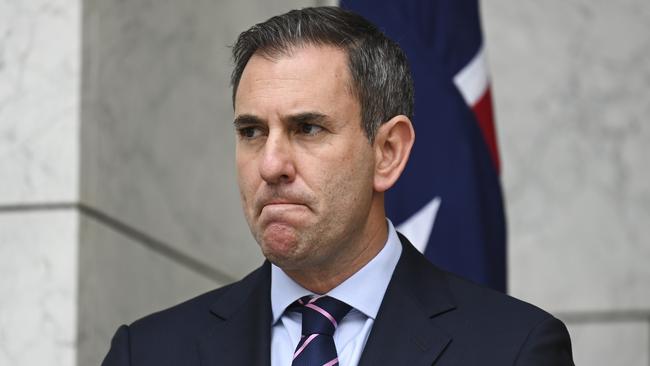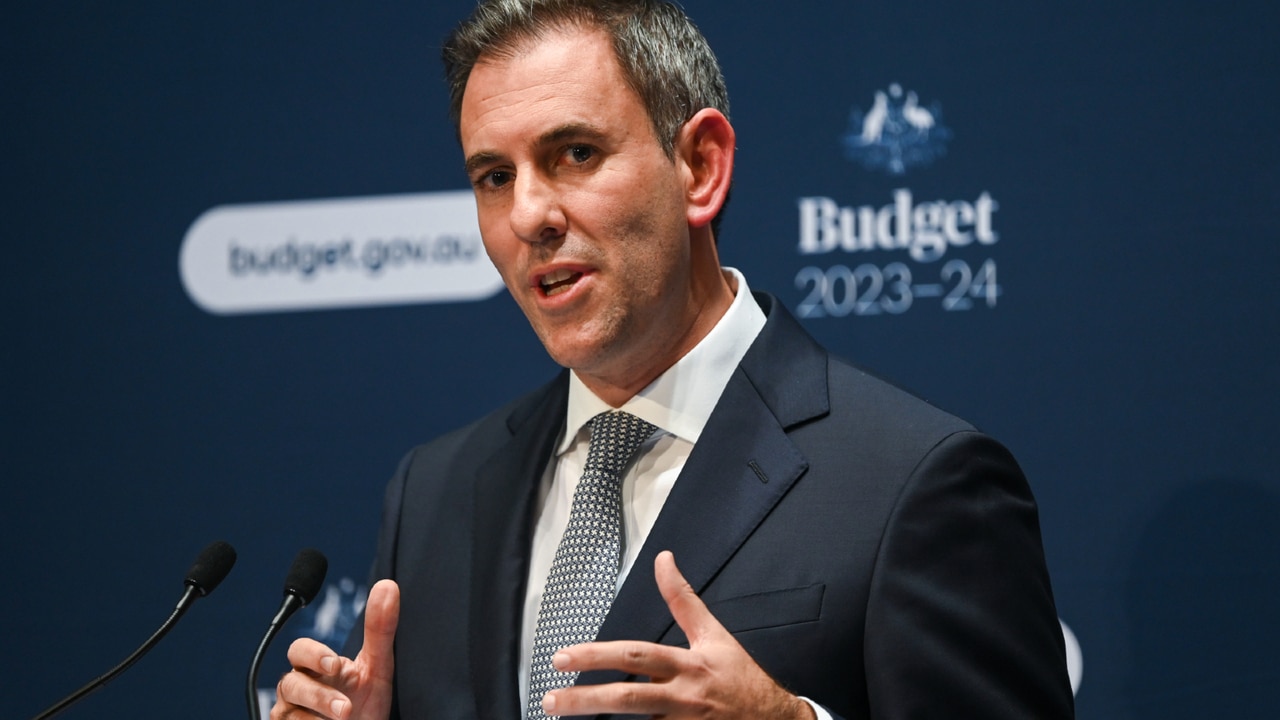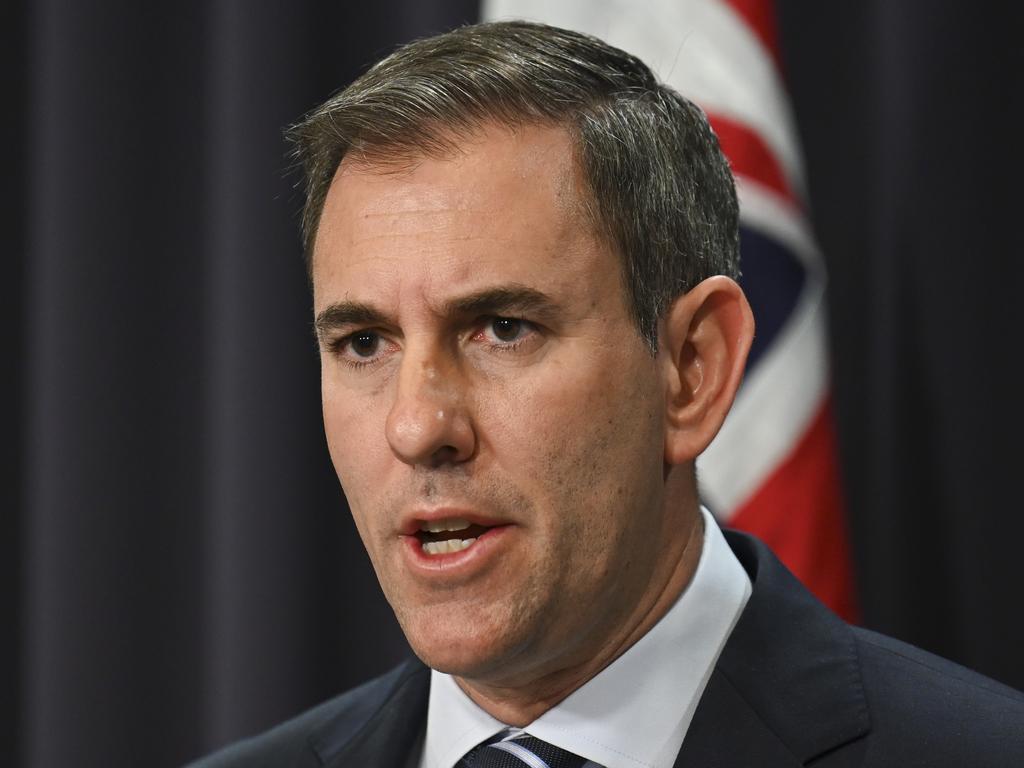
Unfortunately for Treasurer Jim Chalmers, who championed plans to introduce a dual-board system at the RBA with one for interest rate setting, and the other for the day-to-day governance of the bank, it is all ending in farce.
The far-left Greens party, which Chalmers needs to pass the necessary legislative change to “modernise” the RBA board, has demanded that interest rates be cut immediately in exchange for its support.
Chalmers was forced to deal with the Greens when the opposition Liberal-National coalition withdrew its support for the reforms earlier this month, fearing the centre-left government would fill it with sycophants.
There’s no chance that Chalmers will now seek a way to somehow force the independent RBA to cut interest rates at a time when it is clearly of no mind to do so.
The Greens appear to prefer grandstanding on the issue, rather than work with the government to pass the required legislation.
“The Reserve Bank board are not infallible high-priests of the economy who are above criticism,” Greens Treasury spokesman Nick McKim told Chalmers on Sunday in a letter.
“That is why, by making lower interest rates a condition of our support, the Greens are consciously and deliberately putting the RBA into the centre of political debate, where they belong,” he added.
“Both yourself and the Reserve Bank governor have said you want this legislation passed. Now you both know what has to be done to secure these changes,” McKim said in the letter.
The government has responded to the Green’s actions by declaring them “economically irresponsible”.
Jonathan Kearns, a former senior manager at the RBA, and now chief economist at Challenger, said he’s not surprised by the events.
“They (the Greens) had to come out with a big ask. It’s an ask that might play well to their base on TikTok but it’s not realistic and would be bad policy,” Kearns said.

The RBA board is expected to end a two-day meeting on Tuesday with a decision to keep the official cash rate unchanged at 4.35 per cent.
There’s still a problem with elevated core inflation in Australia and, while it is getting closer, it is not yet time to pull the trigger on cutting interest rates.
While the theatre around this issue has been riveting, it’s time for Chalmers to let the board reform go.
The most compelling reason to abandon it is that there’s no evidence that the new board, which would be bolstered with experts, would improve outcomes.
The new system would mimic monetary policy committees seen overseas, none of which can claim a superior experience to the RBA over the last 30 years.
The current board, which includes the RBA governor, the deputy governor, the Treasury secretary and six external members from business and academia, has a history of success that other central banks have openly envied.
Some argue the board as it stands is antiquated and no longer fit for purpose, but on aggregate, its achievements around keeping inflation low and moving the economy closer to full employment, while keeping the economy growing, have been achieved.
And then there are the former RBA governors, most of whom have openly attacked the plans for change.
Former RBA governor Bernie and Fraser, who also led the Treasury through years of dramatic economic reform in the 1980s, simply described the ideas for change as “bullshit”.
His successor at the RBA, Ian Macfarlane, has argued the changes would dangerously undermine the governor’s role.
Meanwhile, Glenn Stevens, who was present at the top of the RBA through the global financial crisis, doesn’t see the point.
The idea needs to be shelved.
The Wall Street Journal






The Australian government’s push to reform the Reserve Bank of Australia’s policy-setting board is likely dead in the water, and few will mourn its passing.